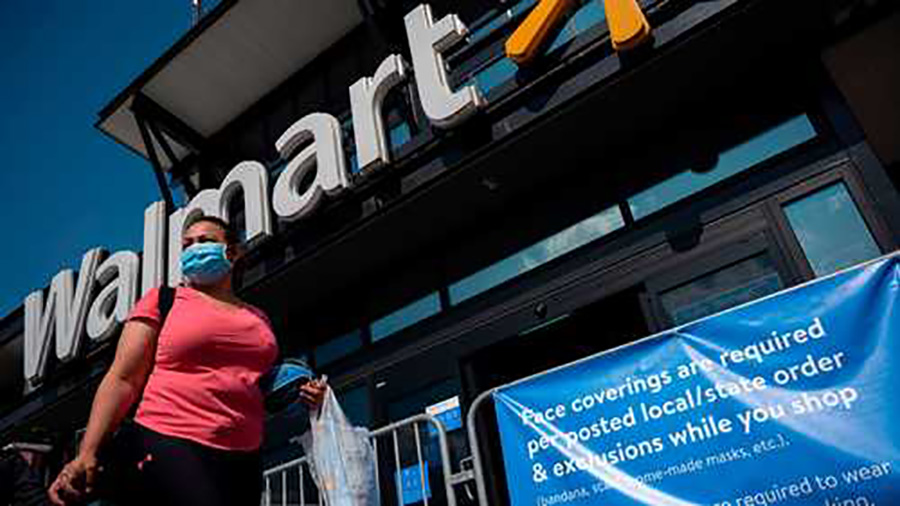Walmart reported total revenue in the second quarter was $137.7 billion, an increase of $7.4 billion, or 5.6 percent. Excluding currency impacts, total revenue would have increased by 7.5 percent to reach $140.2 billion. Walmart U.S. comp sales climbed 9.3 percent, led by strength in general merchandise and food. Walmart’s U.S. e-commerce sales grew 97 percent with strong results across all channels.
Wall Street’s expectations for net sales were $135.6 billion.
Sam’s Club comp sales increased by 13.3 percent. E-commerce sales grew 39 percent. Reduced tobacco sales negatively affected comp sales by approximately 390 basis points. Growth in membership income was the highest quarterly increase in more than five years. New member count increased by more than 60 percent.
Walmart International net sales were $27.2 billion, a decrease of 6.8 percent. Changes in currency rates negatively affected net sales by approximately $2.4 billion. Excluding currency, net sales would have been $29.6 billion, an increase of 1.6 percent. Net sales included the effects of the government-mandated closure of the company’s Flipkart business in India for a portion of the quarter, as well as similar actions in markets in Africa and Central America.
“I want to give a big thank you to our associates for their tireless efforts during these unprecedented times. We also appreciate the trust and confidence of our customers. We remain focused on serving them well now and expanding our set of global capabilities to serve them well in the future,” said Doug McMillon, president and CEO, Walmart.
Consolidated gross profit rate increased 63 basis points primarily as a result of a shift in the mix of sales to higher-margin general merchandise categories, fewer markdowns and better margins on fuel, partially offset by the carryover of investments in price from last year. Spending associated with stimulus payments in the U.S. positively affected sales of general merchandise.
Consolidated operating expenses as a percentage of net sales increased 42 basis points, primarily as a result of incremental expenses related to COVID-19, a business restructuring in the U.S., and a discrete tax item. In total, these costs negatively affected expense leverage by about 130 basis points. Underlying productivity in stores and eCommerce remained strong.
Consolidated operating income was $6.1 billion, an increase of 8.5 percent. Adjusted operating income in constant currency increased 18.6 percent led by strength across all operating segments, including significantly lower losses in Walmart U.S. e-commerce.
Net earnings rose 79.4 percent to $6.48 billion, or $2.27, from $3.61 billion, or $1.26, a year ago. On an adjusted basis, earnings in the latest period were $1.56, ahead of expectations calling for $1.24.
Adjusted EPS excludes the effects, net of tax, of an unrealized gain of 89 cents per share on equity investments, a business restructuring charge in the U.S. of 10 cents per share, and 8 cents per share for a discrete tax item.
Photo courtesy Walmart










